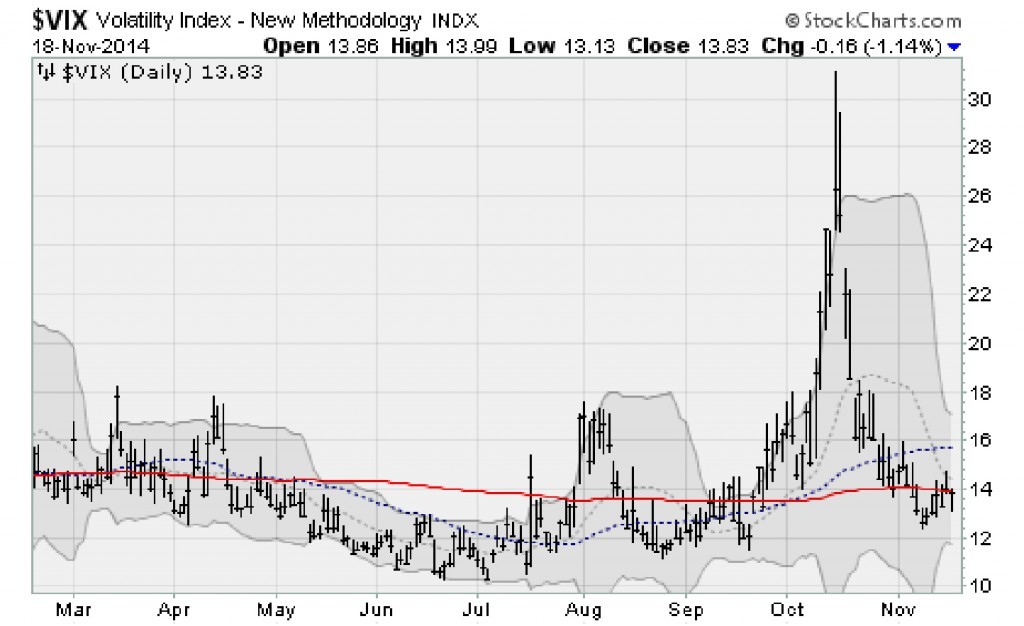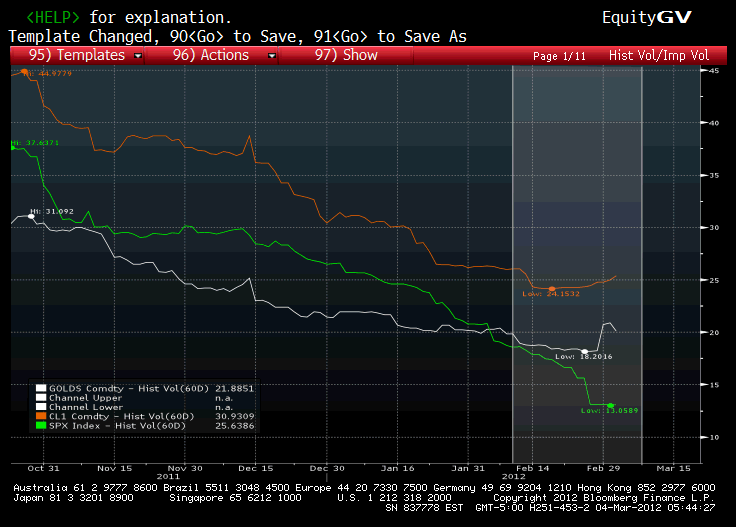Currencies Flag More Volatility Ahead
Post on: 3 Июль, 2015 No Comment

Oct 28, 2014 8:06 AM EDT
The volatility in equity and bond markets that bloodied investors this month has become a little more tame lately, so there’s some reason to hope the worst is over. My worry is that this may be misleading, because the much bigger — and often smarter — currency markets are less reassuring.
October savaged returns in the investment community, particularly among so-called global macro funds that trade across several asset classes simultaneously. Robert Citrone’s $15 billion Discovery hedge fund, for example, has lost more than 20 percent this year, with more than half of those losses coming in the first half of October, according to Bloomberg News. It’s worth a look at how this happened.
Six weeks ago, volatility in the foreign exchange market rose to its highest level since February, after reaching record lows in tandem with both stocks and bonds. Following a bit of a time lag, the equity and bond market became much more volatile, too. Price swings in the equity market, as measured by the VIX index for example, reached a low in July. Then they bobbed along for a while, before more than doubling this month:
Source: Bloomberg
This volatility has fallen back since; at about 16, the index is in line with its one-year average of 14, though down from its five-year average of 18.7.
Bond-market volatility has had a similar journey, with Merrill Lynch’s MOVE index reaching a nadir at the beginning of August and then doubling in the middle of this month:
Source: Bloomberg
Bond market volatility too has since declined; a value of about 77.5 puts it closer to its one-year average of 62, and in line with its five-year average of 79.
Look, though, at what’s happened in the currency market:

Deutsche Bank’s foreign exchange volatility index was the first to climb from record lows, making a move in August that was extended in September, and carried on into October. The respite seen in stocks and bonds, though, hasn’t been echoed in currencies.
Because the currency market hasn’t snapped higher by the same magnitude as stocks and bonds, you could argue that its predictive powers aren’t that strong. Average daily foreign exchange swings in the second half of this year remain lower than in the first half, in contrast to the other two asset classes.
Still, with figures from the Bank for International Settlements telling us that daily turnover in currencies dwarfs any other security at more than $5 trillion per day, the persistent volatility in that market strikes me as portentous. With the Deutsche Bank index still at elevated levels, it would seem prudent to be prepared for a renewed jump in stocks and bonds.
To contact the author of this article: Mark Gilbert at magilbert@bloomberg.net
To contact the editor responsible for this article: Marc Champion at mchampion7@bloomberg.net














